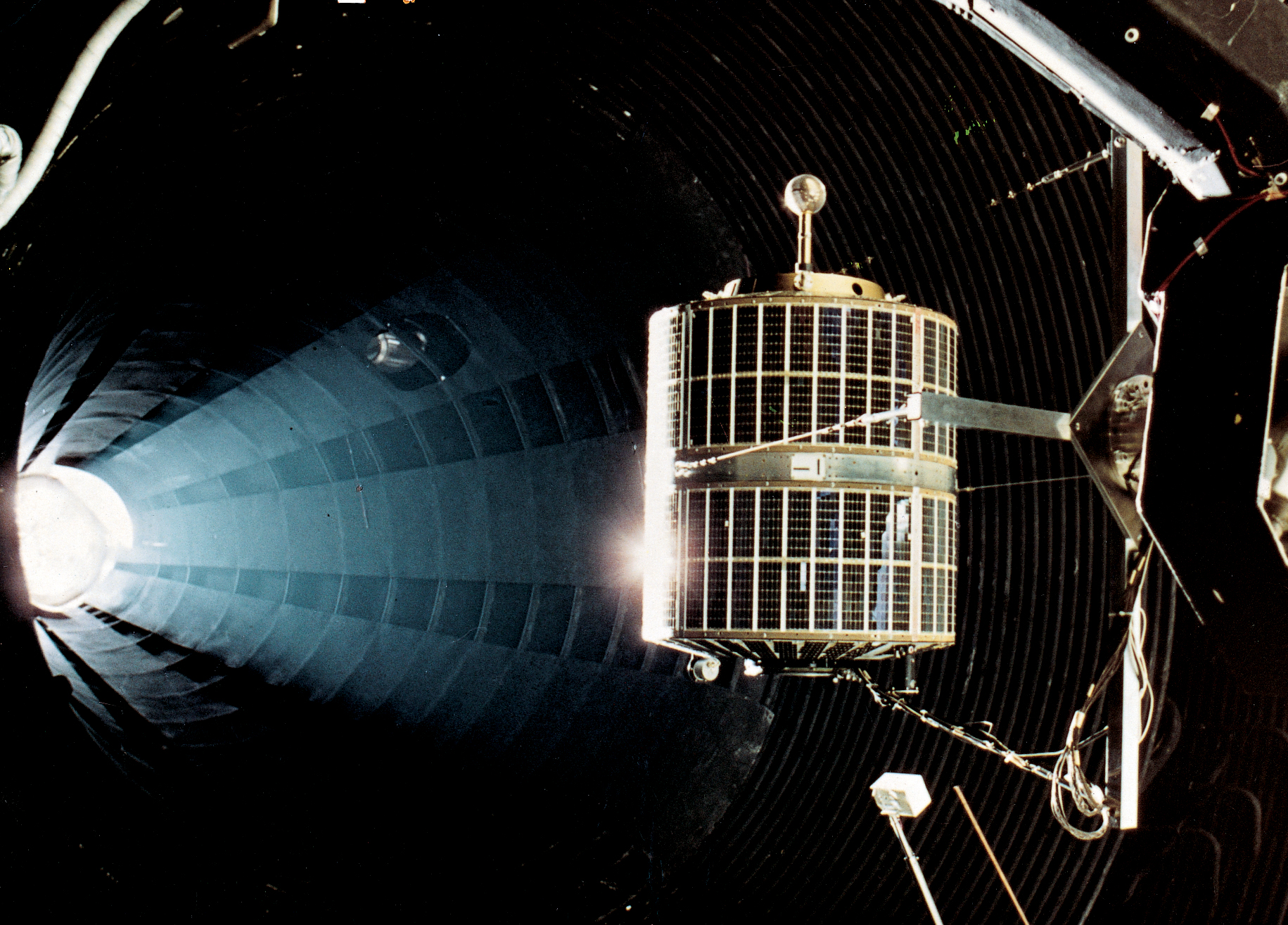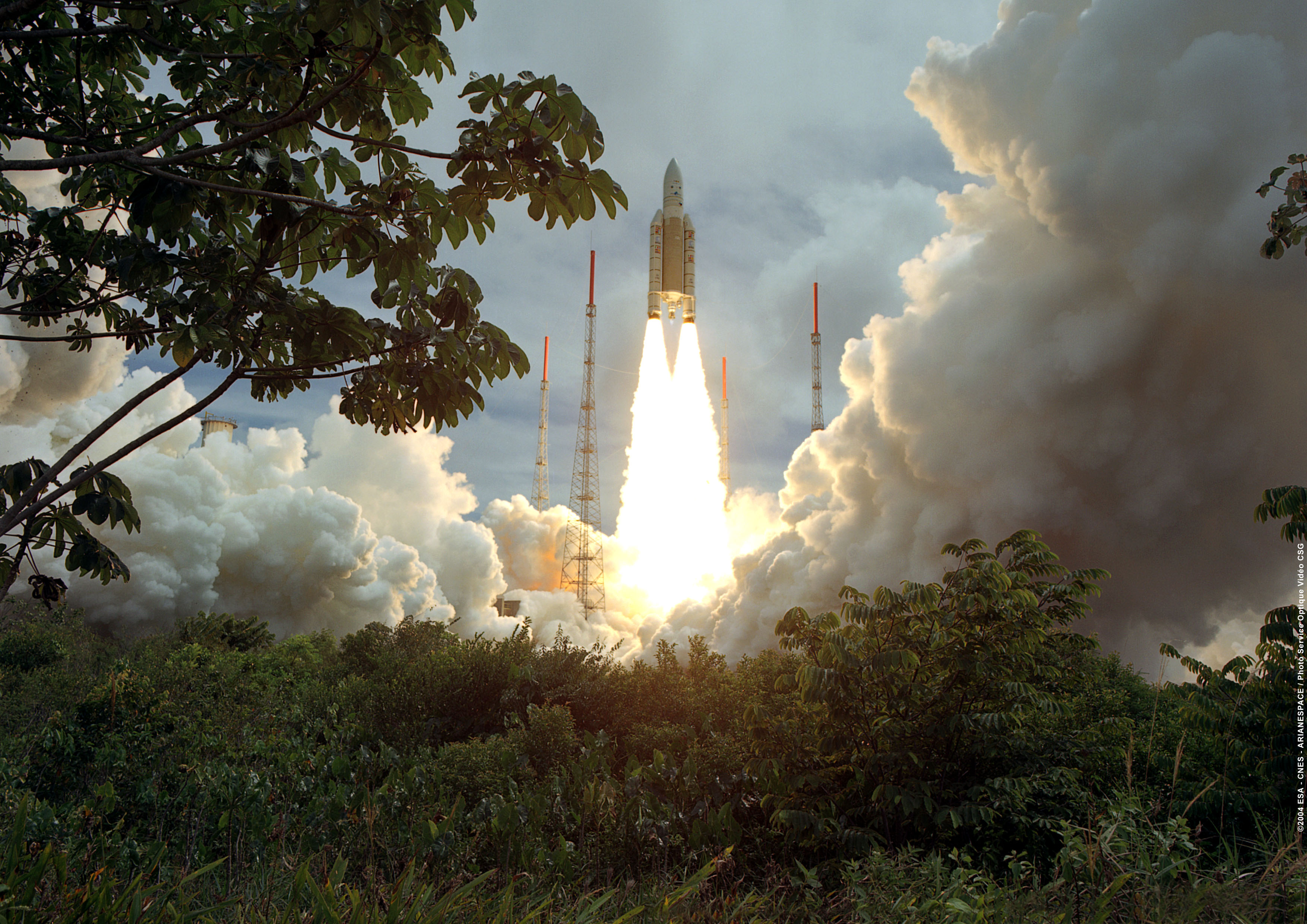International law contains a set of rules which governs space activities and which is commonly referred to as (international) space law. One of the concepts at the heart of space law is known as the “launching State”.
In an attempt to find the most obvious connection between a State and “its” space activities, the founders of modern space law identified the launch as a clearly distinguishable, decisive and visible moment: one that cannot be hidden and that is inherent to most space activities, at least those in a classical sense. Whether it is a State itself that launches, an international organisation, a private company or an individual: a space object built on Earth will always have to be launched in one way or another in order to reach outer space.
Incidentally, in the early days of spaceflight it was not taken for granted that private entities would be allowed to undertake space activities at all. As such, the USSR proposed in 1962 that “all activities of any kind pertaining to the exploration and use of outer space” should be exclusively carried out by States…a strange vision for us who live in the age of private investments and access to space by non-State actors, often for commercial purposes.

ESRO-1 testing at ESTEC, 1968
Copyright ESA
Based on the launch event, space law defines the concept of the launching State and, together with it, establishes a series of legal consequences. A launching State is any State (strictly speaking: any State party to the Outer Space Treaty of 1967 or the Liability Convention of 1972) that “launches or procures the launching of an object into outer space”, and any State “from whose territory or facility an object is launched”. Any space object can thus be ‘tied’ to at least one State, and quite often to more.
The launching State seems to be a simple and ingenious concept. But, as always, the practice is more complex. What, for example, does it mean to “procure” the launch, exactly? Does it mean “to pay”, to “prompt” or “to cause” – or all together? Over the years, States have developed different interpretations of the conditions and consequences of being a launching State. Technological progress, coupled with commercial concepts, have challenged the application of the concept, too. The very idea, however, remains the same: for each and every object sent into space, there should be at least one State identified which bears international responsibility and liability, regardless of whether the State itself (i.e. the government) is at the origin of the launch or a natural person (citizens of that State for example) or juridical person (economic operators for example) under its jurisdiction.
A ‘space object’ can be a rocket or its payload (for example a satellite). That means that for one and the same rocket launch we could distinguish different launching States, whereby the State that launches the rocket will automatically also launch its payload. Take an hypothetical example. Australia pays for the launch of one of its satellites on-board a U.S. launch vehicle: The U.S. will be the launching State of the rocket and of the satellite, Australia will be the launching State of the satellite (arguably also of the rocket, but here we enter into a more complex legal discussion). Of course, the U.S. has no interest to be held liable for the Australian satellite once in space – it merely provides a launch service. Conversely, Australia has no interest to be held liable should the U.S. rocket fail and cause a damage to a third party. The way out is that both parties of this so-called “joint launch” agree on the internal apportionment of their liability. Another example: in theory, France is a launching State for each and every payload delivered to space by the Ariane-5 launcher – among other reasons because this launcher lifts off from French territory (Kourou in French Guiana). Understandably, France and the Ariane-5 operator take precautionary steps to ensure a fair apportionment of liability for commercial launch services with the customer.

Arianespace flight 165
Copyright ESA/CNES/ARIANESPACE-Service Optique CSG
To make things even more complex, the launching State does not necessarily have to be a State. It can also be an international organisation – the best example is the European Space Agency. In the 1970s, ESA declared its acceptance of some of the UN space treaties. Accordingly, ESA is free to launch space objects but also has to assume responsibility and liability for its activities, the latter jointly and severally with those of its Member States which are parties to the Liability Convention. In case of a damage caused by an ESA space object (take the example of satellite debris which impacts on ground after re-entry), ESA and its Member States have an intricate administrative system to deal with the legal consequences and the apportionment of liability (including with those Member States which are not a party to the Liability Convention).
Explaining the concept of the launching State, its significance in theory and practice, its advantages, shortcomings and its possible development would fill a book or two. The very essence of it, however, fits into the following paragraph:
1) Each space object has at least one, and often more than one, launching State.
2) Being a launching State means, inter alia, being liable for any damage that the space object may cause on Earth or in space.
3) A State cannot shed its status as a launching State at a later date (“once a launching State, always a launching State”).
4) That is why States should carefully regulate their national space activities and may discuss with other potential launching States the consequences of joint launches.
Next time you see a rocket lifting off, spare a thought for the legal consequences that are triggered at that very moment.





Discussion: 3 comments
Dear Jessica,
I have a question, you are writing that “ESA is free to launch space objects but […] has to assume responsibility and liability for its activities, the latter jointly and severally with those of its Member States which are parties to the Liability Convention.
Are you sure that is really the case? As per Outer Space Treaty Article I (c) launching state is either i) the state that procures the launch (ESA is no state so article i) is irrelevant) and ii) the state from which the space object was launched. In addition ESA Privileges and Immunities Article IV section show that “The Agency’s property and assets, wherever situated, shall be immune from any form of requisition, confiscation, expropriation and sequestration.” which sets a further barrier. In my mind in order to take liability “jointly and severally” it would require the spacecraft to be (co-) registered by all ESA Memberstates (according to Outer Space Treaty article I (c) i ) at UNOOSA. However, when I quickly checked at UNOOSA for say Envisat it is registered under ESA alone [2002-009A]. Doesn’t that mean that sole launching state will be France (according to Outer Space Treaty article I (c) ii) as the country from which the rocket has launched. Can you please comment?
Dear Tom,
as mentioned in the post, ESA is a launching State.
Indeed, “the launching State does not necessarily have to be a State. It can also be an international organisation – the best example is the European Space Agency.”
Best,
Jessica
Hi Jessica
Who or what is responsible to declare “Launching State”?
or How is it possible?
To whom ask for it?
Thanks in advance. Benito